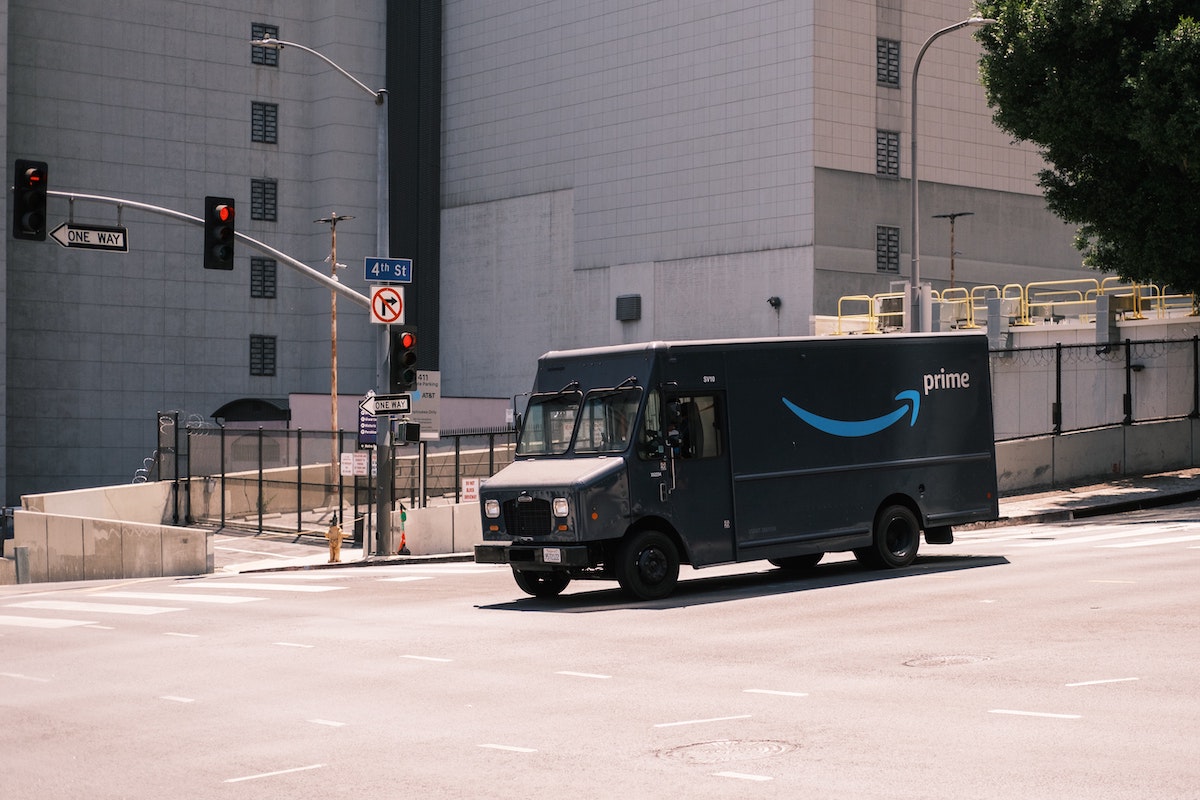Amazon was originally known for its e-commerce platform. However, it has since expanded into the logistics industry with an ever-increasing presence. With a network of third-party delivery service providers to supplement their own fleet, Amazon can now offer same-day deliveries in some areas and next-day deliveries throughout most of the United States. This expansion has helped them compete against other retailers with more traditional supply chains capable of meeting customer needs for longer periods.
This post will explore how Amazon’s logistics strategy developed from its origins as an online retailer into a full-fledged logistics juggernaut offering same-day and even overnight deliveries across the United States. It will also discuss how this growth occurred while remaining financially viable at each stage along the way. Find out how other shipping fulfillment and logistics players are changing the marketplace.
The Rise of the Amazon Supply Chain
The history of Amazon’s supply chain is one of transformation, starting with its very first warehouse in 1997, located in Seattle, Washington (Figure 1). Initially, this warehouse was used purely to store and ship retail goods ordered on their website. However, by 2005 they had established a network of warehouses, 3 in total, capable of processing orders for delivery. This led Amazon to offer the first generation of its Prime service, offering free two-day shipping on all purchases made through their website.
This was a huge step towards competing with traditional retailers that offered much slower shipping times at higher prices. However, it left Amazon vulnerable to another pitfall traditional retailers did not have to worry about. While developing their supply chain capabilities, they acquired massive amounts of debt due to high inventory turnover. Debt started creeping up over 500 million dollars by 2001 and kept increasing rapidly ever since then, reaching 1 billion just two years later. With a long list of creditors calling for repayment, it seemed as if Amazon was heading towards bankruptcy.
Fortunately, a savvy CEO and a new focus on logistics would allow the company to not only survive but thrive.
Transition from Retailer to Logistics Provider
In 2006 Amazon launched Fulfillment by Amazon, or more simply known as FBA, which was a service offering sellers with storage space at a fulfillment center and a shipping provider. This allowed merchants with smaller inventories can still offer free two-day shipping through Amazon’s website with no minimum order size required.
This was an important step towards their current business model of letting third-party merchants fulfill their own products. It also gave them full control over how and when they wanted to expand their logistics operations.
In 2007 Amazon purchased an old mill in Delaware capable of handling massive amounts of goods. This became their first major logistical undertaking. Many argue it all started for Amazon, allowing the company to provide next-day delivery for some parts of the United States. The following year saw them purchasing a fleet of trailers and converting them into trucks capable of transporting items directly from this newly established distribution center to customers’ homes.
From there on out Amazon has been expanding its logistics operations exponentially with ambitious plans for more warehouses, more acquisition of trucks, and more control over how and when they want to expand.
Market Expansion & Financial Strength
The reason Amazon has been able to purchase all of these assets while keeping its overall debt low is two-fold. First, it acquired many of these assets at the right time before the recession that impoverished investors and caused many banks to tighten their purse strings. Second, they were allowed to absorb large losses without hurting their bottom line because revenues continued growing along with expanding operations. They continued investing in order fulfillment capabilities leading up to 2014 but started pulling back on investments, allowing continued revenue growth unhindered by increasing expenses.
This growth has not gone unnoticed, and many wonder what the future of logistics looks like for this company. While it may be too early to tell, we can start seeing some trends developing towards a brighter future for Amazon Logistics.
Current Issues Facing Amazon
Currently, Amazon is facing a slew of new issues, such as porch pirates, that are starting to plague their business model. With a top-line growing at 40% year over year, it will be very tempting for the company to keep pushing further into new markets and acquire more assets.
At the same time, it is becoming harder and harder to remain profitable due to growing competition and an increase in costs that each new acquisition brings. It will be interesting to see how Amazon manages its current issues while establishing itself as a logistics powerhouse.


